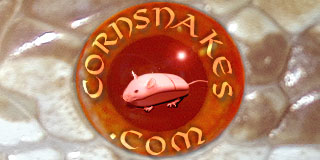67temp
Member
2022 wasn't a great year for us so halfway through burmation we decided we were going to take a year off and just enjoy our animals. We had brumated planned pairs together but they are now separated. We got a surprise clutch of 15 from a first time mom. Pairing should be super masque diffused honey Miami het cinder x masque honey Miami het diffused ph cinder. I'm hoping to hold back a super masque diffused caramel shatter Miami.

Sent from my E6810 using Tapatalk

Sent from my E6810 using Tapatalk
